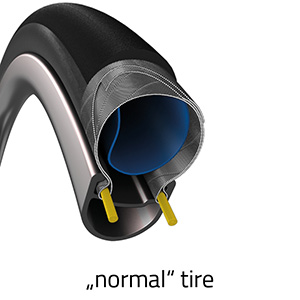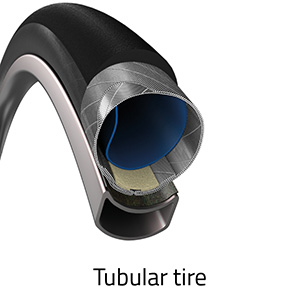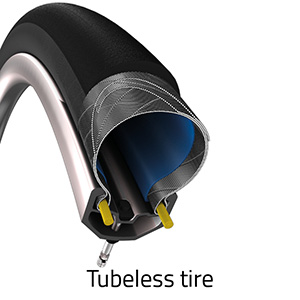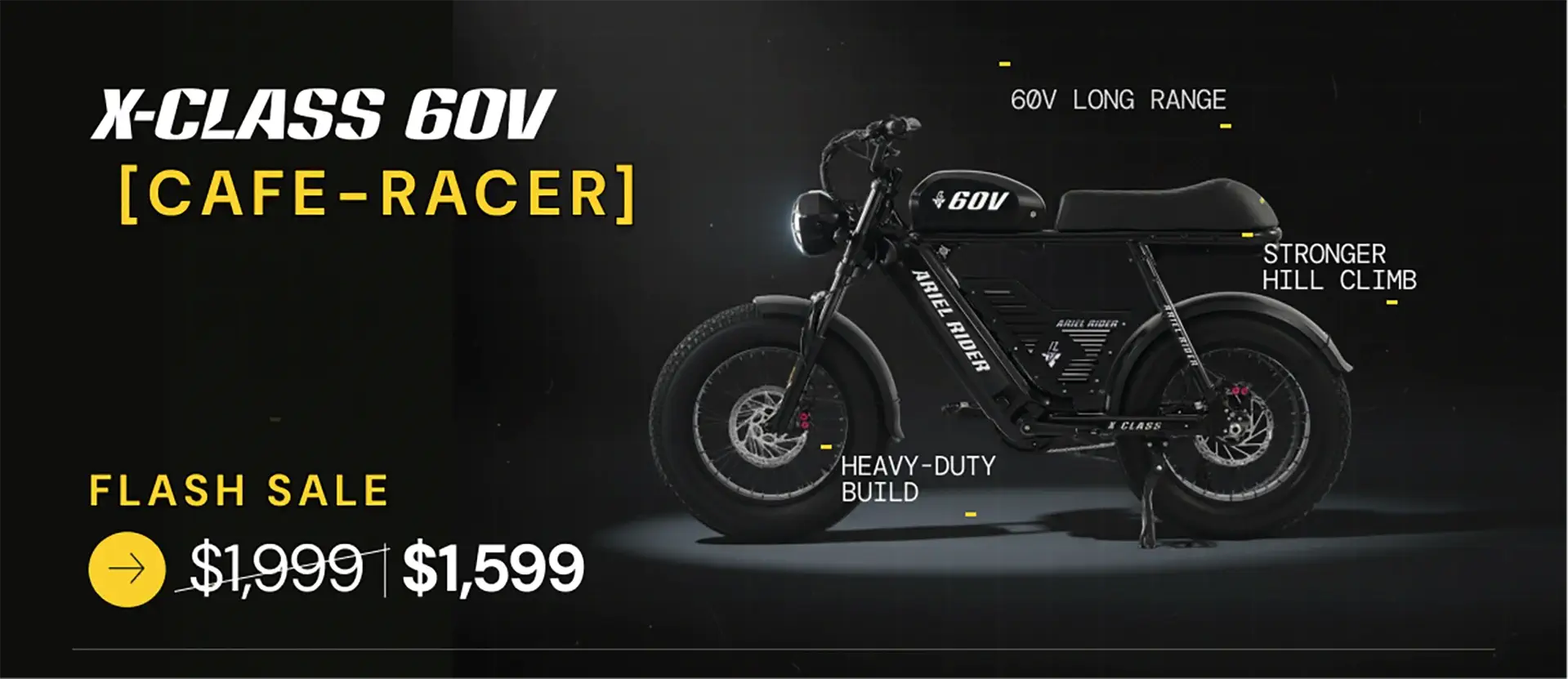Bike tires come in a variety of types, each with their own specific features and intended use. Understanding the different types of bike tires can help you make an informed decision when purchasing new tires for your bike, and can also help you get the most out of your current tires.
-
Clincher Tires: These are the most common type of bike tire. They have an open cross-section and are held in place on the wheel by an inner tube. The tire itself is made of rubber and has a bead, or lip, that sits on the wheel rim. Clincher tires are easy to install and maintain, and are widely available. They are suitable for most types of riding, from commuting to racing.

-
Tubular Tires: These tires have a closed cross-section and are sewn around an inner tube. The tire is then glued or taped to the wheel rim. Tubular tires are often used by racers because they offer a more stable ride and less rolling resistance than clincher tires. However, they can be difficult to install and maintain, and are typically more expensive.

-
Tubeless Tires: These tires are similar to clincher tires in that they have an open cross-section, but they do not require an inner tube. Instead, the tire is mounted directly on the wheel rim, and air is held inside the tire by a sealant. Tubeless tires offer a smoother ride and less rolling resistance than clincher tires, and they are also more resistant to punctures. However, they can be more difficult to install and maintain, and they are not as widely available.

-
Fat Tires: These tires have a wide cross-section and are typically used on mountain bikes and other off-road bikes. Fat tires provide more traction and stability on rough terrain, and they also help to absorb shock. They are also suitable for riding on sand and snow. However, they can be heavier and more difficult to handle on pavement, so they are best used in electric bikes for road riding or commuting.

-
Road Tires: These tires are designed for use on pavement and have a narrow cross-section. They have a smooth tread pattern and are optimized for speed and efficiency. They are suitable for racing and high-performance riding, but they are not as durable as other types of tires and are not suitable for off-road use.
-
Hybrid Tires: These tires are a combination of road and mountain bike tires. They have a semi-smooth tread pattern and are designed for use on a variety of surfaces, including pavement and dirt. They are often used for commuting, touring, and recreational riding. They provide a balance of speed, durability, and traction.
In conclusion, there are many different types of bike tires available, each with their own specific features and intended use. Understanding the different types of bike tires can help you make an informed decision when purchasing new tires for your bike, and can also help you get the most out of your current tires. Ultimately, the right choice of tire will depend on your riding style, terrain, and personal preferences.



